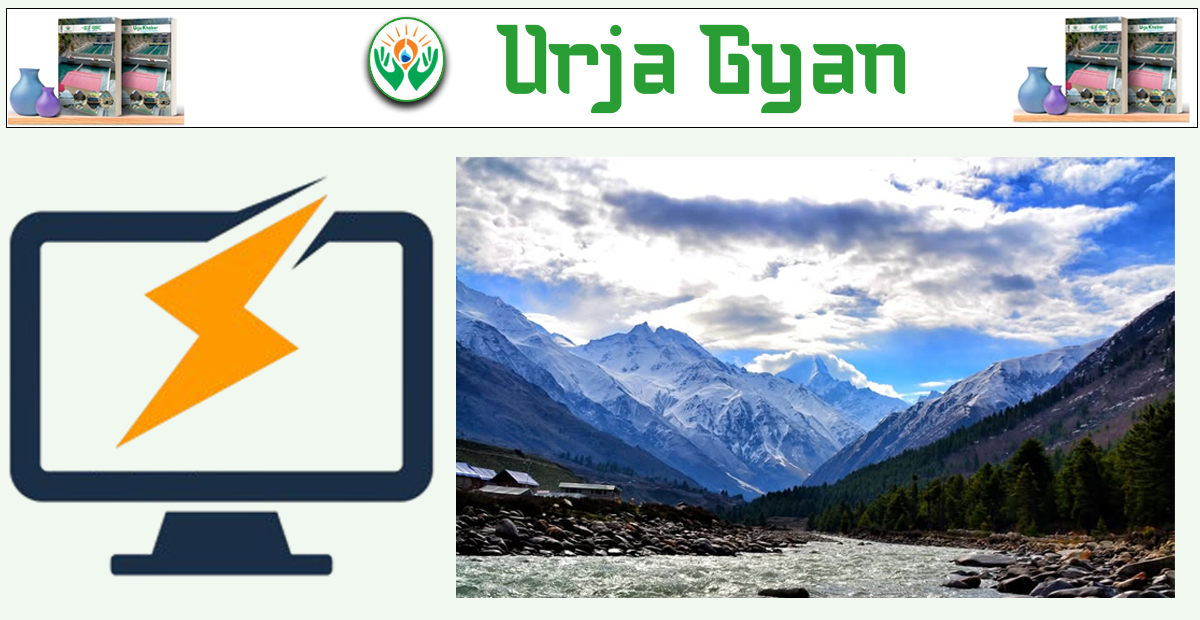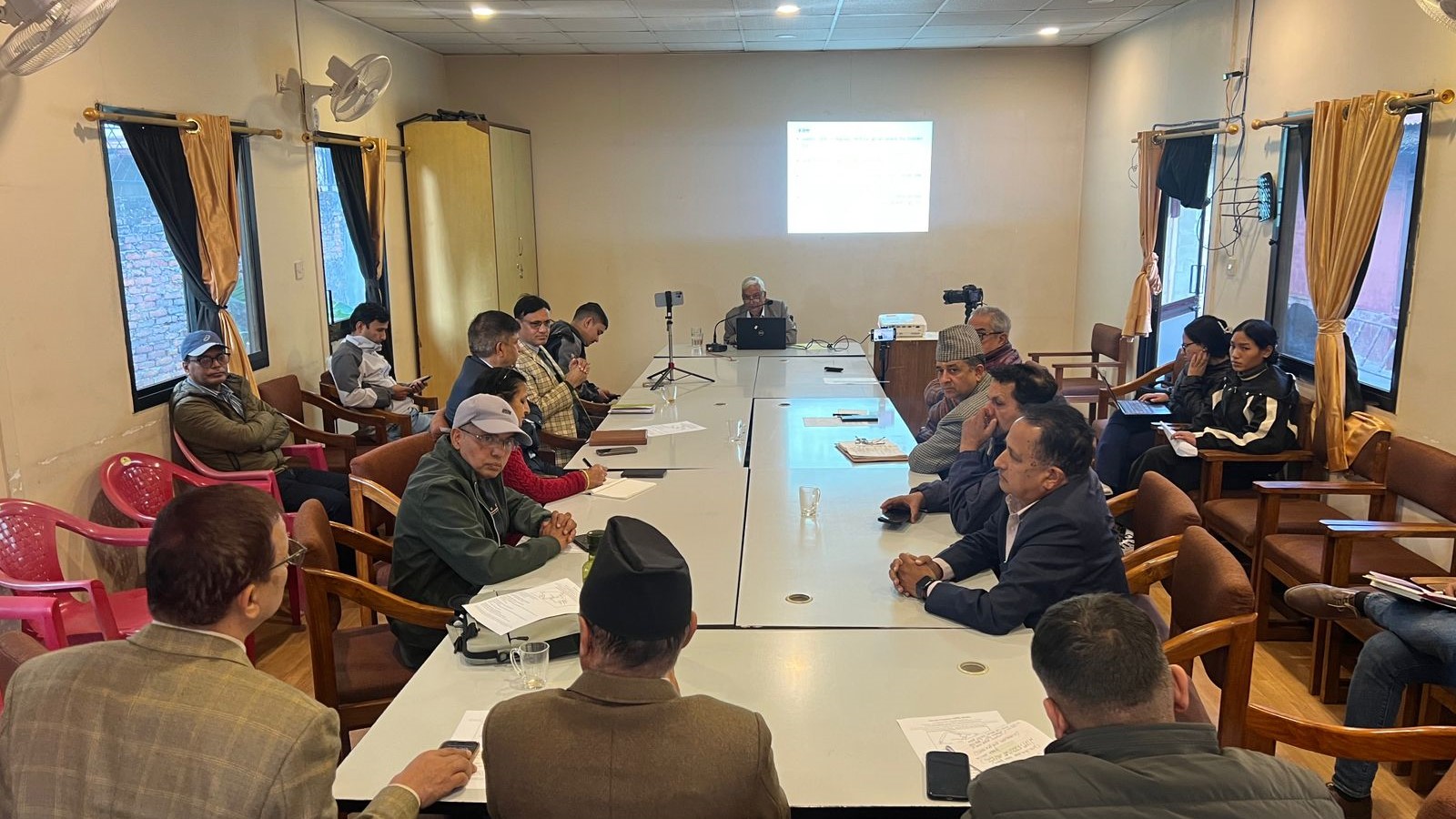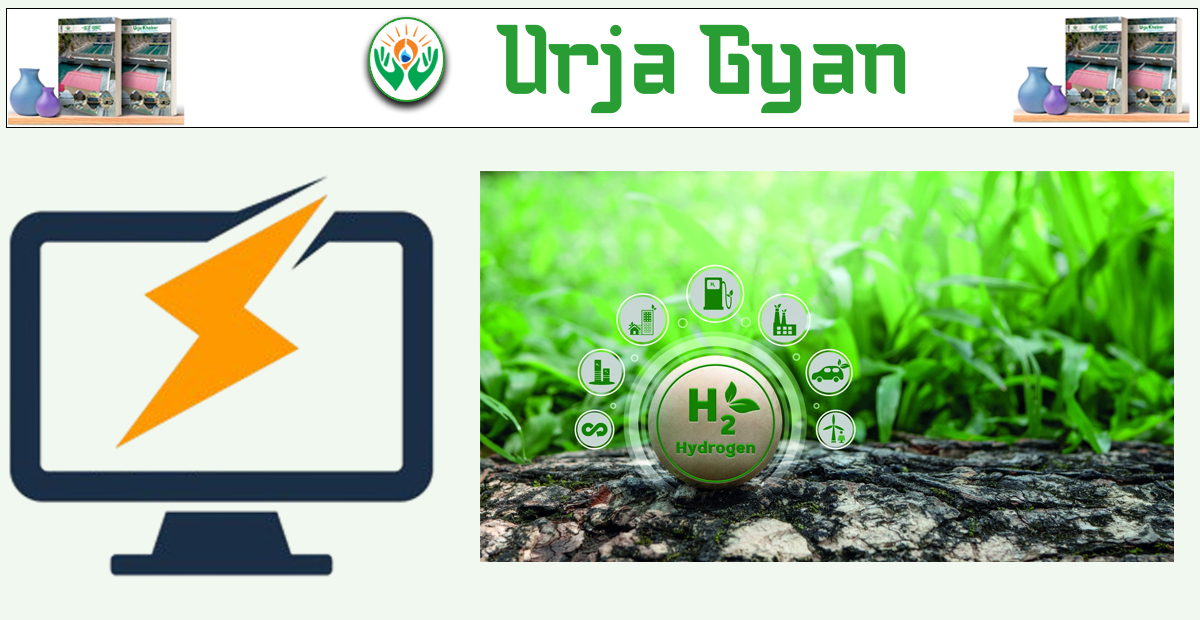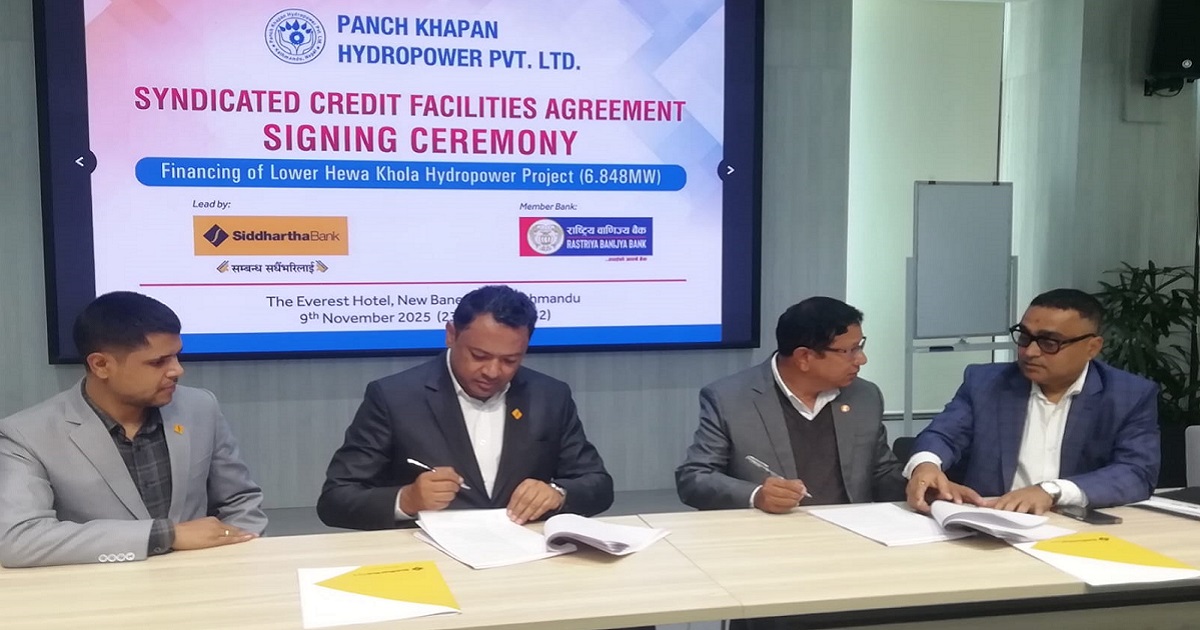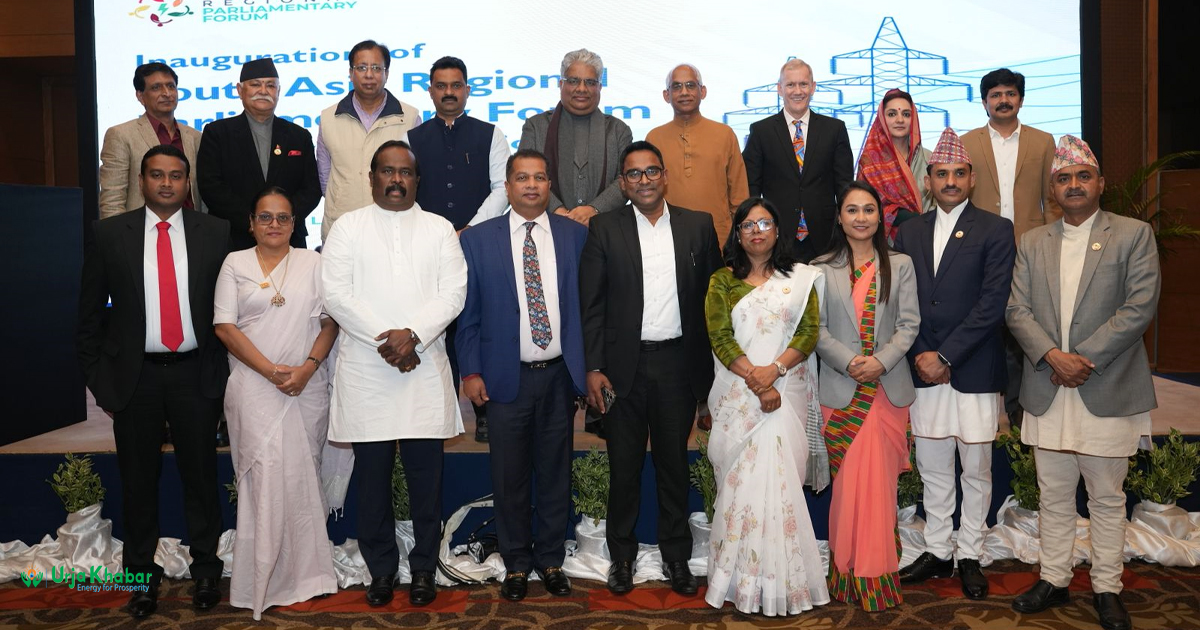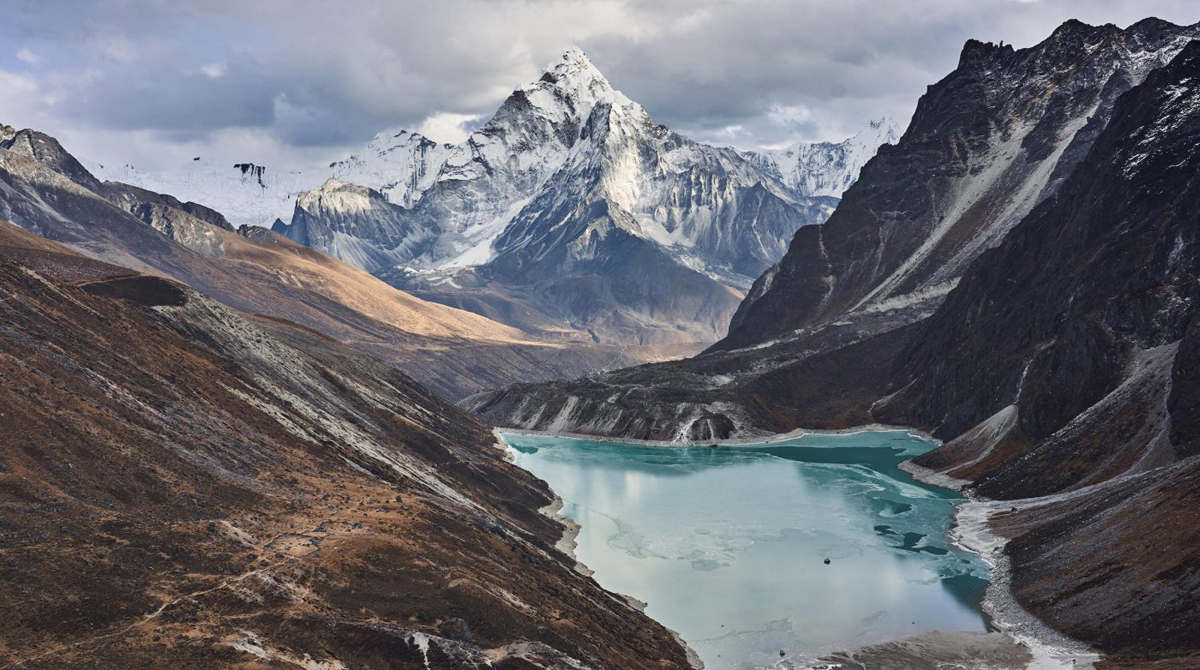Energy Update
Bridging the Energy Gap: Nepal’s Journey to Sustainable Power and Growth
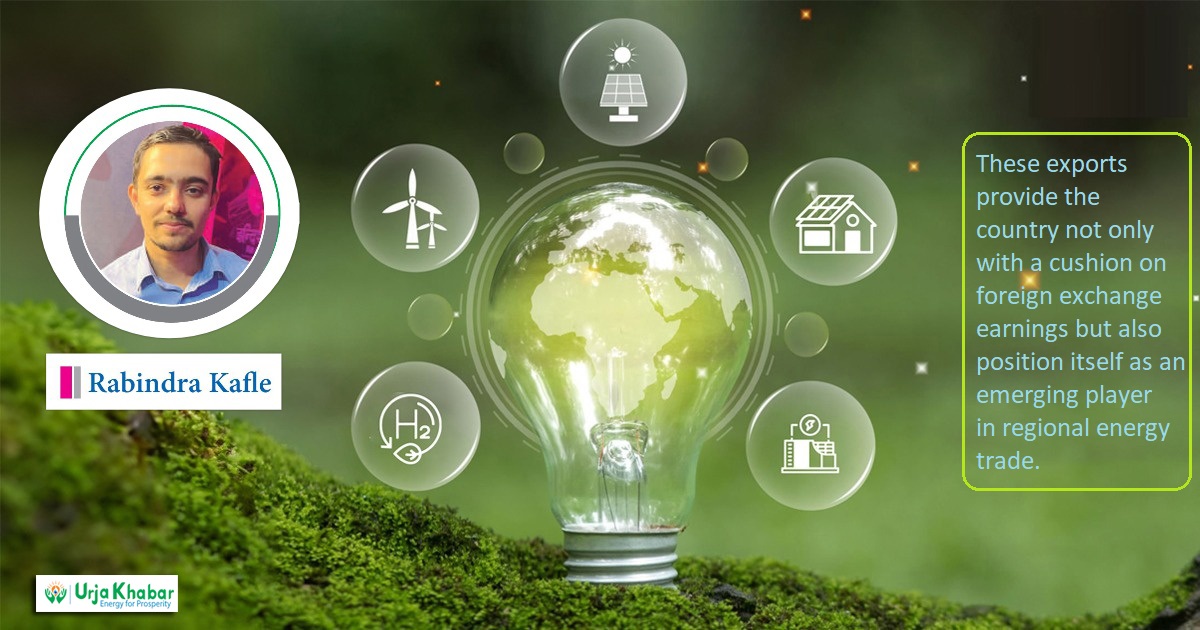
Nepal stands at a pivotal moment in its journey of energy development, with the country stepping towards harnessing its abundant hydropower resources to transform its economy. The country is blessed with an estimated 83,000 MW of hydropower potential, of which 42,000 MW is considered economically viable. Over the past decade, Nepal has made significant progress in the segment, achieving an installed capacity of over 2,500 MW. Large-scale power plants such as the 456 MW Upper Tamakoshi Hydropower Project have come online, while several others like Arun-III (900 MW) and Budhi Gandaki (1,200 MW) hydropower projects are at various stages of development. Despite these advances, only about 75 percent of the population has access to reliable electricity, with rural areas facing persistent challenges of connectivity and smooth supply.
Nepal’s journey on its energy development also includes the recent momentum seen in electricity exports, particularly to India during monsoon months, when surplus power generation peaks. These exports provide the country not only with a cushion on foreign exchange earnings but also position itself as an emerging player in regional energy trade. Furthermore, the government is exploring avenues for regional energy trade under the Bangladesh-Bhutan-India-Nepal (BBIN) framework, signaling the possibility of a robust South Asian energy market where Nepal could play a key role.

Recently, the prospects for Nepal’s energy sector have extended beyond hydropower. The government has expressed its commitment to diversifying its energy mix by promoting solar and wind energy projects. Additionally, the adoption of electric vehicles (EVs) is gaining traction, presenting an opportunity to utilize surplus electricity while reducing dependency on fossil fuels and addressing challenges of growing urban pollution. Implementation of the Renewable Energy Subsidy Policy and Power Trade Agreements with India have further encouraged foreign investments, while facilitating a gradual shift toward a greener and more secure energy future.
However, significant challenges remain on the path to realizing Nepal’s energy potential. The lack of adequate transmission infrastructure is a critical bottleneck, leading to the wastage of generated power and limiting the country’s export capacity. Although Nepal has formulated supportive policies, their inconsistent implementation, coupled with bureaucratic delays, often hampers in the achievement of targeted progress. Financing also remains a formidable obstacle, as large-scale energy projects require substantial investment, and developers face high interest rates domestically and limited access to international funding. Additionally, social and environmental concerns, including displacement and ecological impact, continue to delay project completion timelines.

As mentioned, the crux of Nepal’s slow progress in energy development lies in a combination of systemic, infrastructural, and strategic shortcomings. Despite its immense hydropower potential, the country faces challenges such as inadequate transmission infrastructure, bureaucratic inefficiencies, and inconsistent policy implementation. These issues create delays in project approvals, hinder investments, and lead to waste of the generated electricity.
In addition, financial constraints, including limited access to international funding and high domestic interest rates, make it hard to develop large-scale projects. Social and environmental concerns, such as displacement of local community people and ecological impacts, further complicate project implementation. The lack of a long-term vision to promote domestic energy consumption, industrialization, and regional energy trade too limits Nepal’s ability to fully capitalize its energy resources.
In essence, Nepal’s energy development is stalled by a lack of cohesive planning, infrastructure development, and effective governance, all of which are essential for unlocking its potential as a regional energy leader.
Addressing these challenges requires a multi-faceted approach. Nepal must prioritize robust infrastructure development to ensure efficient evacuation and distribution of power. Streamlined policy implementation, with a focus on reducing red tape and enhancing transparency, will boost investor confidence. Publicprivate partnerships and regional cooperation with neighboring countries can provide the financial and technical resources needed to accelerate project completion. Equally important is adopting sustainable practices that balance energy development with environmental preservation and community well-being.
The solution to Nepal’s energy development challenges requires a comprehensive approach, addressing both immediate bottlenecks and long-term structural issues. Here are key strategies to drive progress:
1. Strengthen Transmission Infrastructure: Prioritizing the development of robust transmission and distribution networks is critical to evacuate generated electricity efficiently. Building cross-border transmission lines with India and other neighbors will also enhance export capacity.
2. Streamline Policy Implementation: Simplifying bureaucratic processes, reducing red tape, and ensuring consistent enforcement of energy policies can attract investment and accelerate project timelines. A centralized authority to oversee and expedite energy projects could be beneficial.
3. Enhance Financing Mechanisms: Access to affordable financing is vital. The government should work to secure international funding, offer tax incentives to investors, and promote public-private partnerships. Creating a specialized energy development fund could also help mitigate financial constraints.
4. Promote Domestic Energy Consumption: To ensure optimal utilization of energy resources, Nepal should focus on expanding industrialization, electrifying rural areas, and promoting the adoption of electric vehicles (EVs). Providing subsidies for EVs and taking initiatives to electrify transport and agriculture systems can drive forward consumption level.
5. Foster Regional Cooperation: Strengthening energy trade agreements within the South Asian region, such as through the BBIN framework, can open larger markets for Nepal’s surplus electricity. Long-term bilateral agreements with India and other neighbors will ensure stable revenue streams in the segment.
6. Adopt Sustainable Practices: Addressing environmental and social concerns through community engagement, fair compensation for displaced populations, and eco-friendly project designs will reduce resistance to energy projects.
7. Invest in Diversification: Beyond hydropower, Nepal should invest in solar, wind, and other renewable energy sources to reduce dependency on a single resource and enhance energy security.
8. Capacity Building and Innovation: Developing local expertise in energy planning, management, and technology through training and collaboration with international experts will improve efficiency. Encouraging innovation in renewable energy technologies can also reduce costs and improve output.
9. Ensure Political Commitment: Political stability and a longterm commitment to energy development are essential. Policymakers should work across party lines to establish energy as a national priority with clear and achievable goals.
By implementing these solutions with coordinated efforts between the government, private sector, and international stakeholders, Nepal can unlock its energy potential, drive economic growth, and become a significant energy exporter in the region.
Nepal’s energy sector holds immense promise, with the potential to not only meet domestic demands but also drive economic growth and regional integration. By overcoming its challenges with strategic planning and collaborative efforts, Nepal can establish itself as a leader in renewable energy, ensuring a brighter and more sustainable future for the nation and its neighbors.
This article is taken from the 7th issue of Urja Khabar, a bi-annual magazine. Which was published on 7 January, 2025.
Conversation
- Info. Dept. Reg. No. : 254/073/74
- Telephone : +977-1-5321303
- Email : [email protected]






